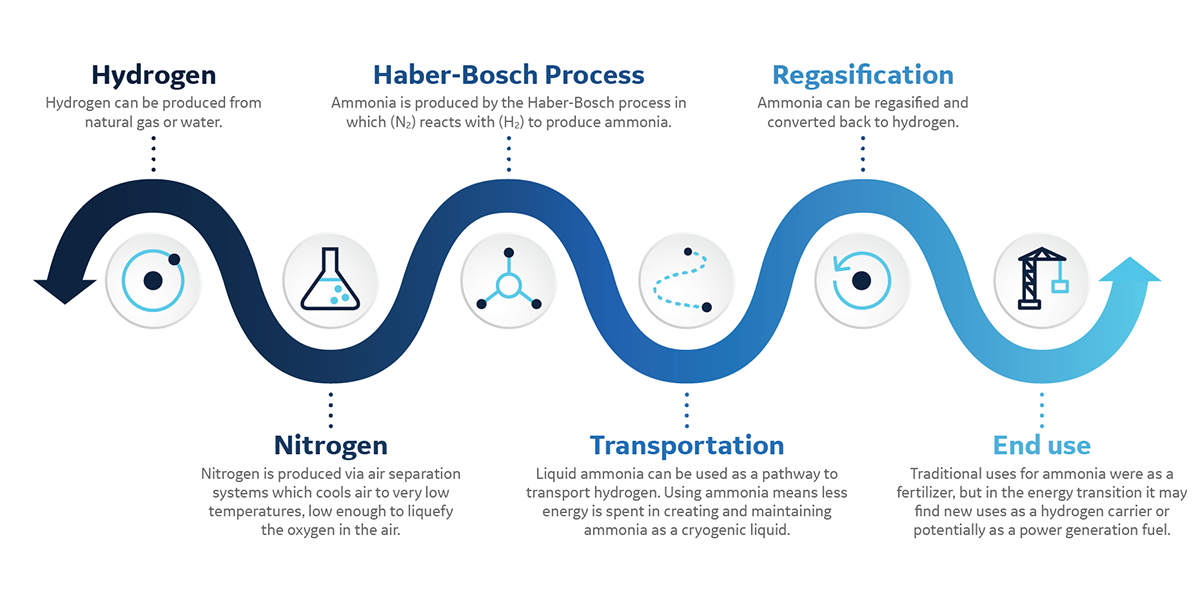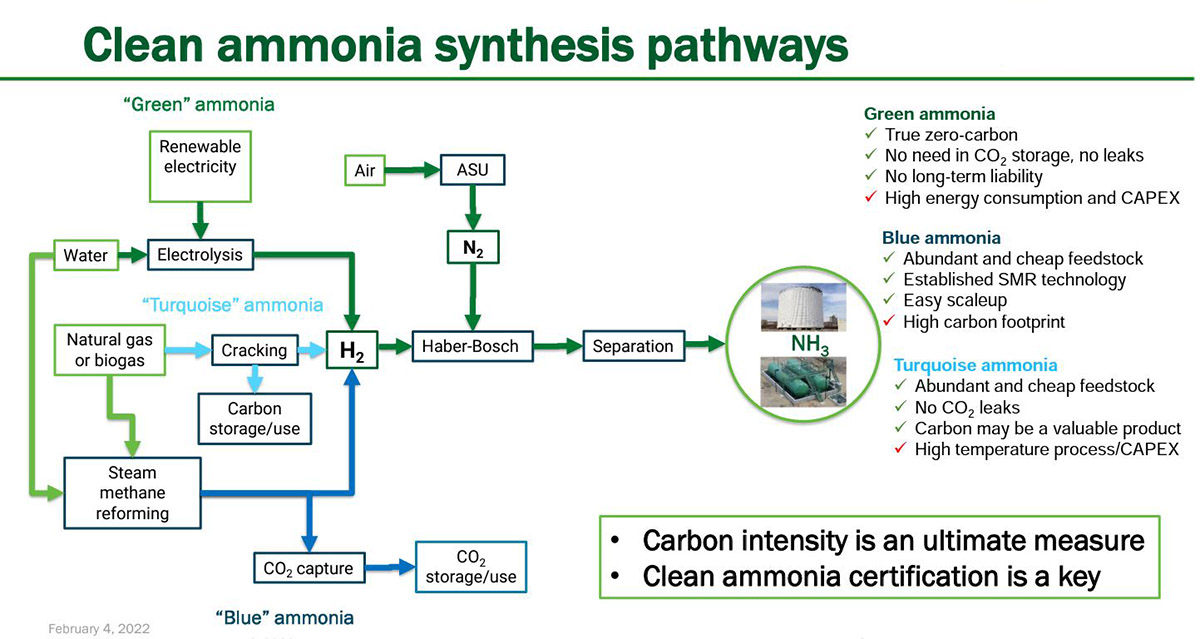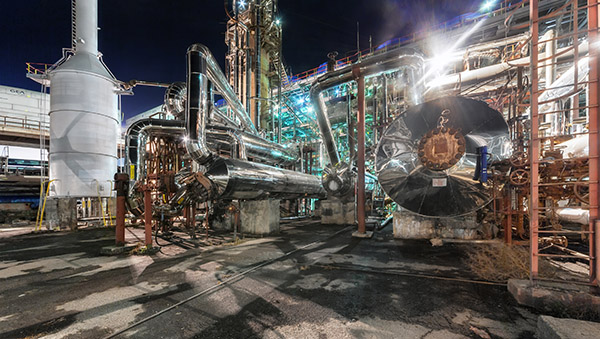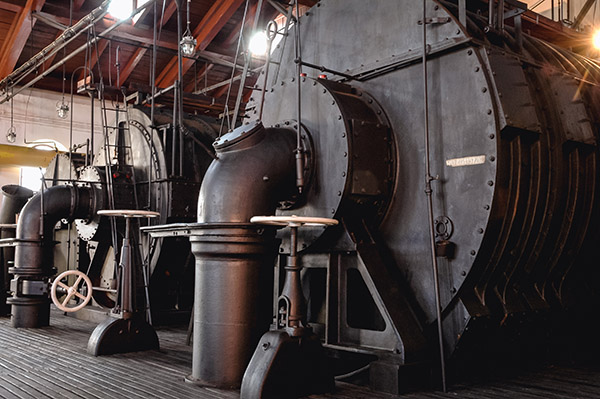Ammonia-powered gas turbines
As carbon-free fuels are put to the sustainability test, ammonia has found a place at the table. Using it as a gas turbine fuel alone has more than a few technical speedbumps, but as a carrier system for hydrogen, ammonia presents many advantages.






